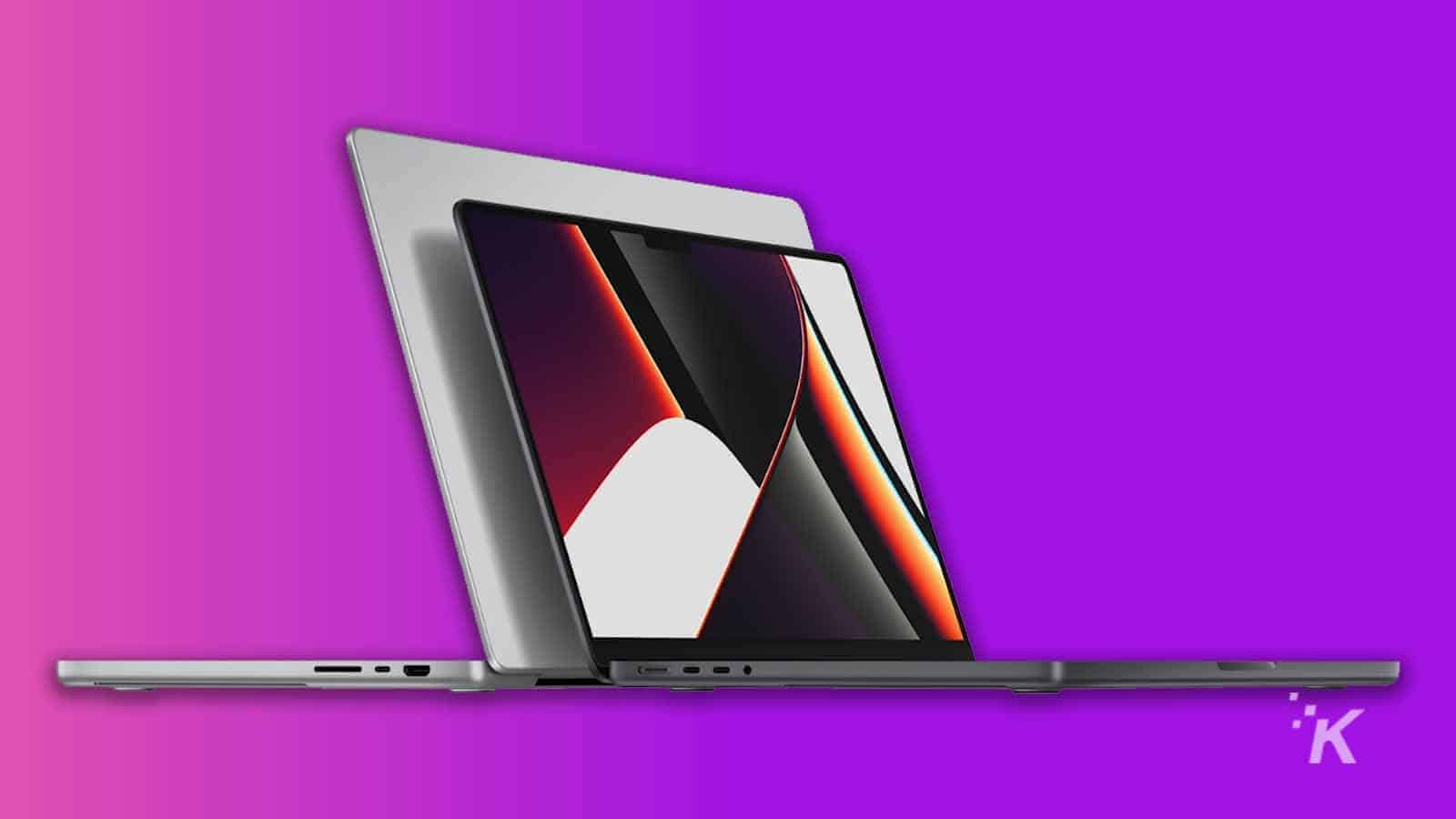
Yeah, it’s brutal and you should only use it as a last resort (unless you’re a fan of that sort of thing). A force quit is the operating system ripping the virtual heart out of the app without mercy. The difference is that a regular “quit” lets the application shut down gracefully, saving state files, deleting any temporary or scratch data, etc. If it doesn’t work, then do a force quit. Your two choices are “Quit” or “Force Quit”. To do that, click on the name of the app, then click on the red “Quit Process” stop sign icon on the top. If you have an app that consistently is at 90% or more (as I have here with GrowlHelperApp) then you need to quit this application and see if it helps your computer cool off and slow down. Click on it and if you now see those apps that have 0.0 on top, click on it again to change the sorting order. We’re interested in CPU usage, however, so notice on the column headings there’s one that says “% CPU”.

Fortunately I have 4GB of RAM so there’s plenty of space (you can check how much RAM you have by choosing “About This Mac” from the Apple menu, btw). Notice in this screen shot that Chromium (Google’s developer version of Chrome) is using 192MB of RAM, along with its helper apps that are eating up another 100MB or more. If you’re having problems with insufficient memory, you can also see what apps are eating up your RAM too. You can see what processes you have running, what’s touching your disk (another possible cause of overheating, btw: a process that’s thrashing the disk (really, that’s the tech term for it) and causing the drive to heat up), and lots of other interesting information about how your computer is doing. Launch it and you’ll see something like this: The app is called “Activity Monitor” and you can find it in Applications –> Utilities.
#Why is my mac air battery draining so fast mac os x
It’s not easy to find, but Apple actually includes a utility with Mac OS X that lets you find out if you have a runaway process of this nature.

Yup, it’s like your brain: if you use it a lot, your computer gets a bit of a headache. While there are a number of reasons that your Mac can be heating up, including some scary hardware problems – like a failing power supply – that would mean you need to take it in for repair ASAP – it’s more likely that you have a wedged process that is causing the CPU to run full-tilt and heat up. As I write this a 1TB unit that has lots of other features runs under $300, which is nothing compared to the cost of losing your data! Hook it up and you can literally forget about it: every time you’re in the same place as the device, it’ll automatically start backing up, thanks to the magic of Time Machine.

Are you doing that? If you aren’t, then I will share that I’m a big fan of my Apple Time Capsule. First things first: you need to ensure that you always have a reliable backup strategy in place and that it works.


 0 kommentar(er)
0 kommentar(er)
